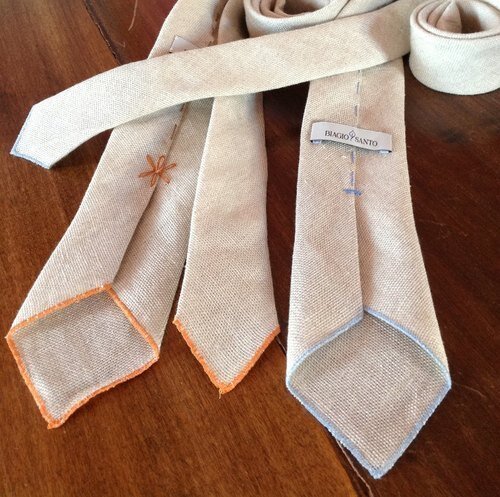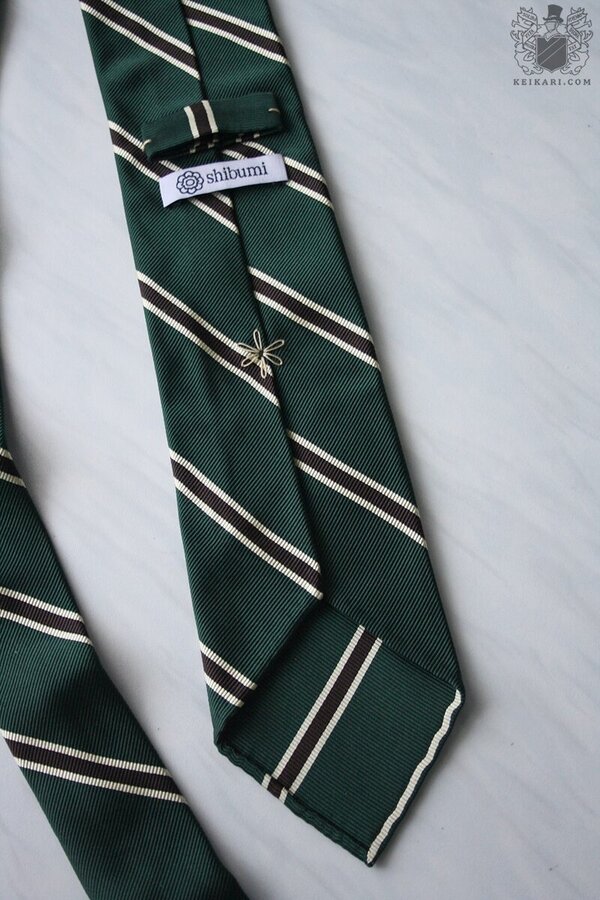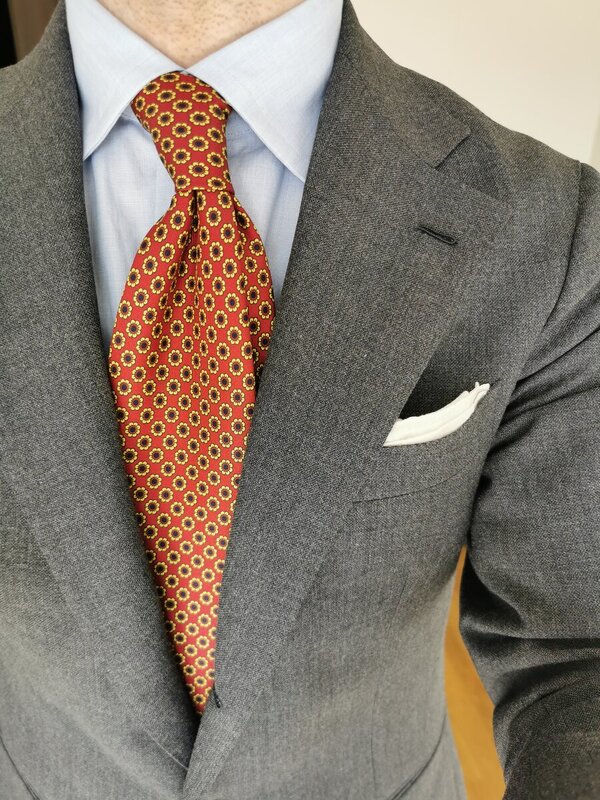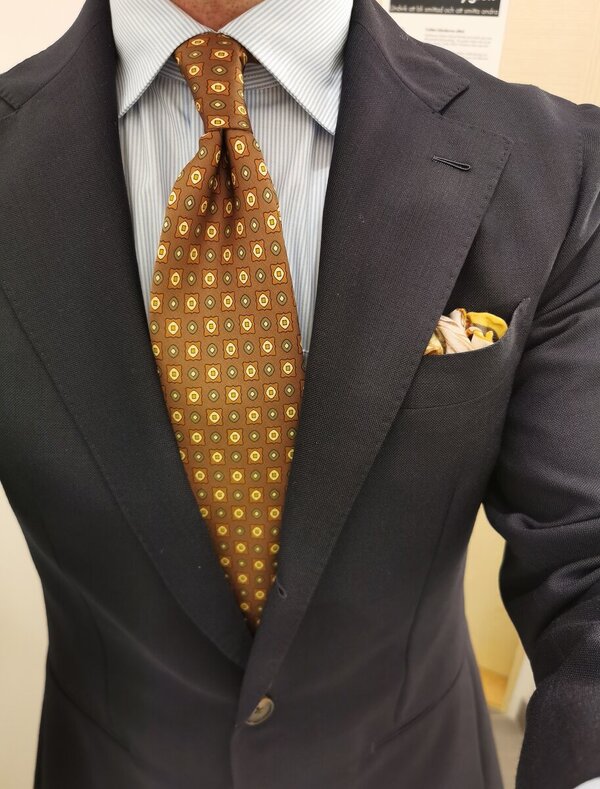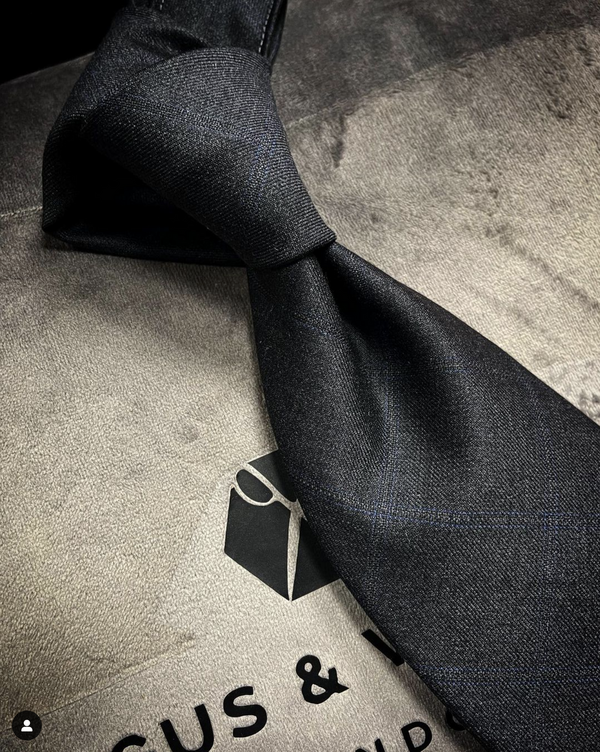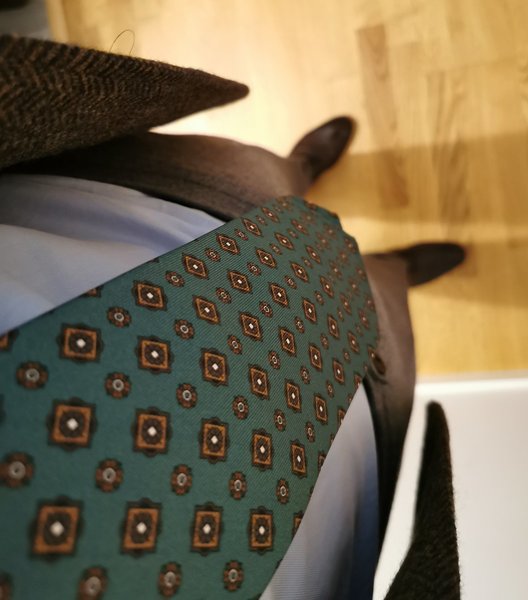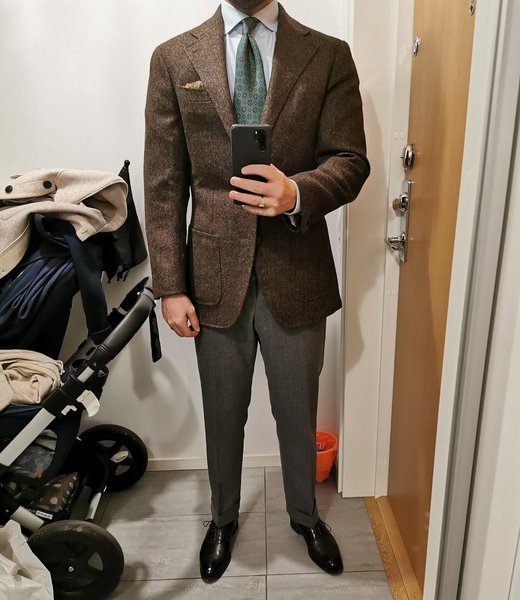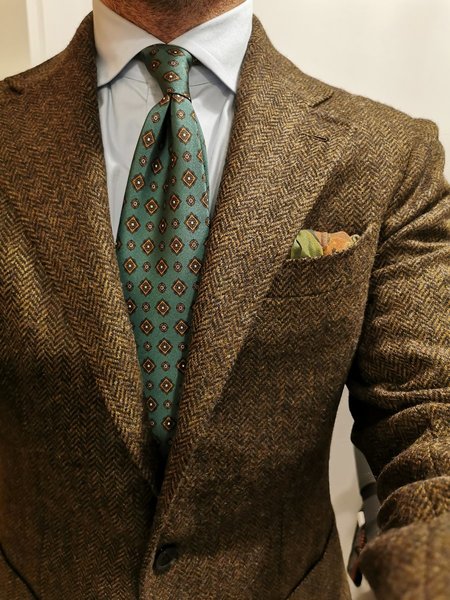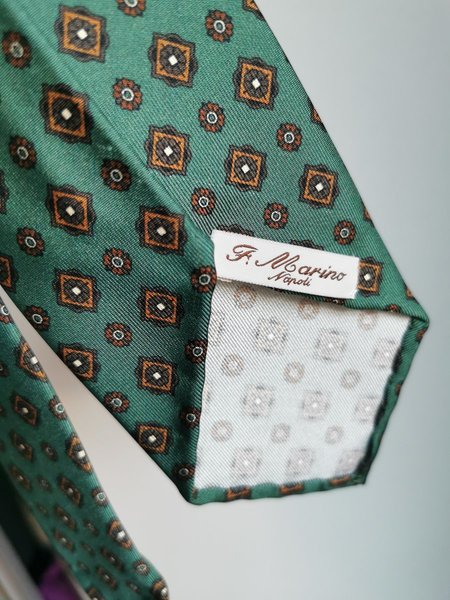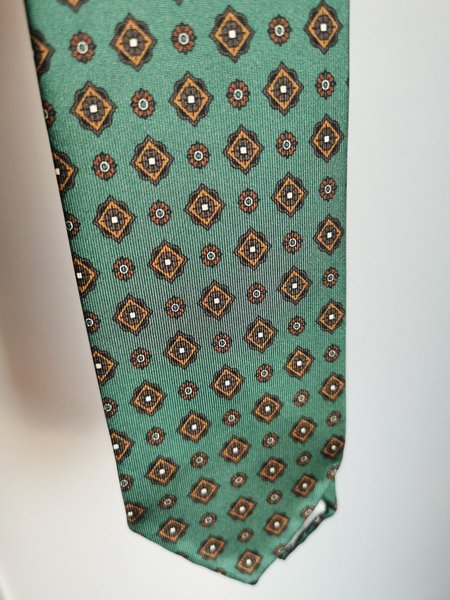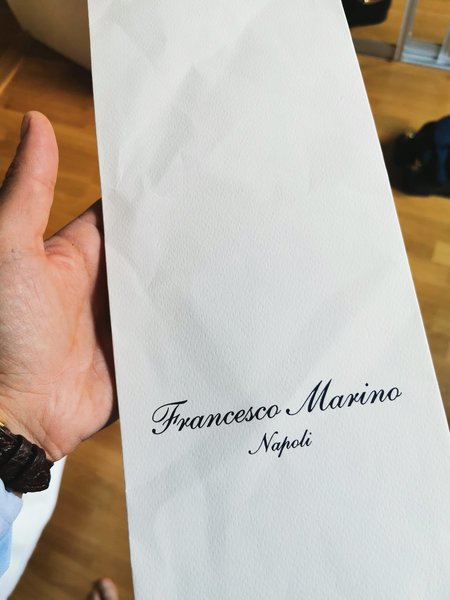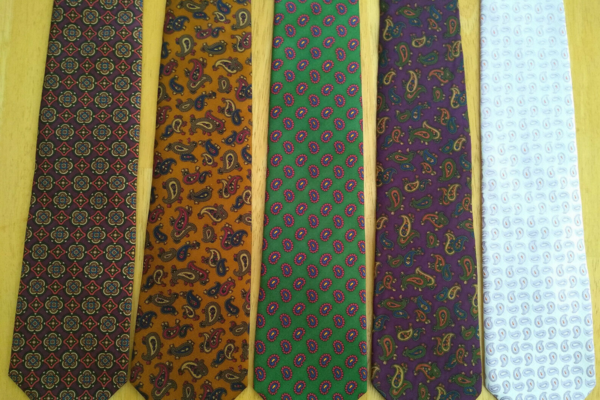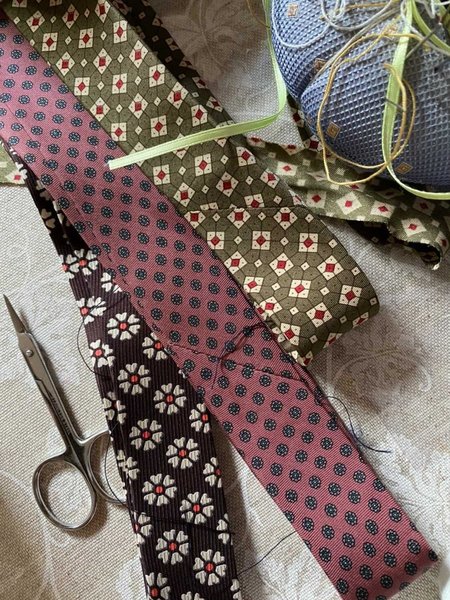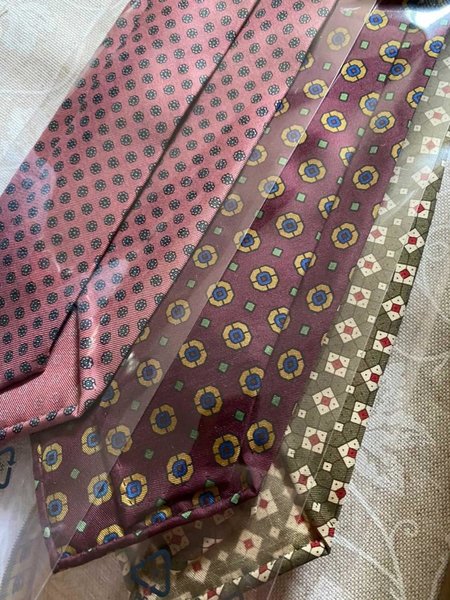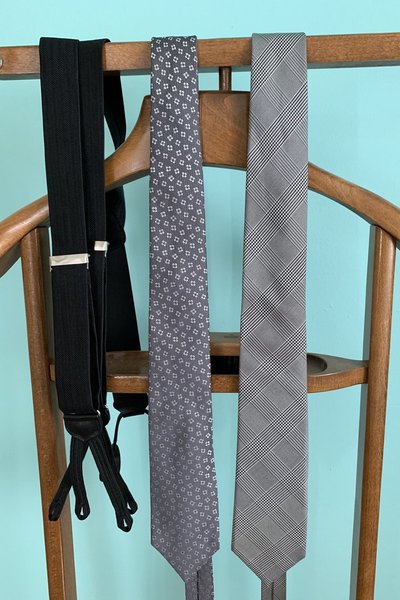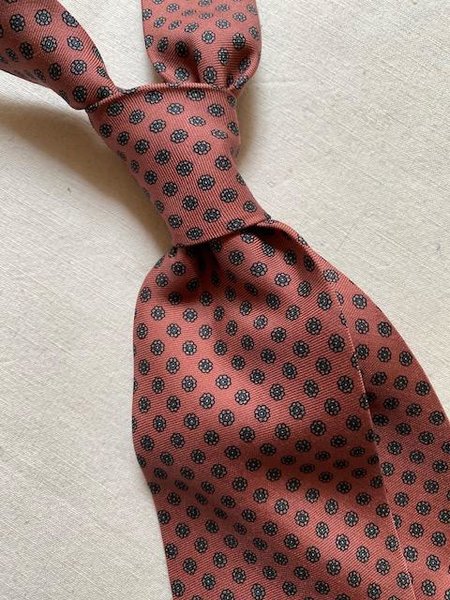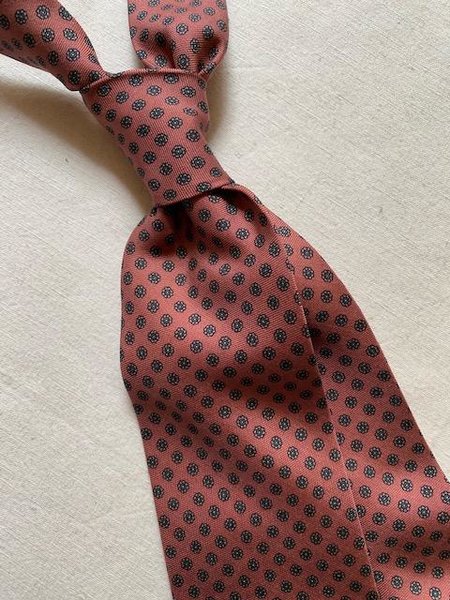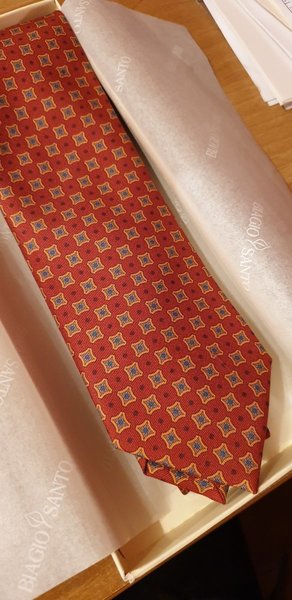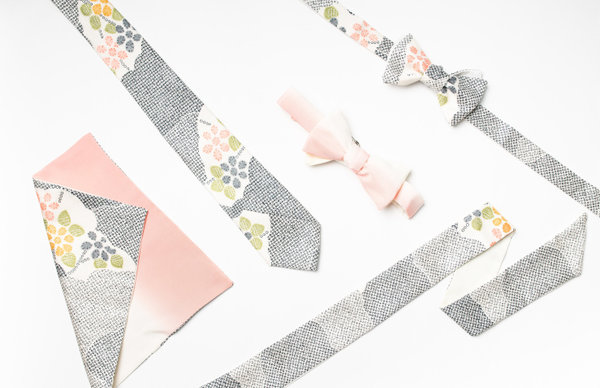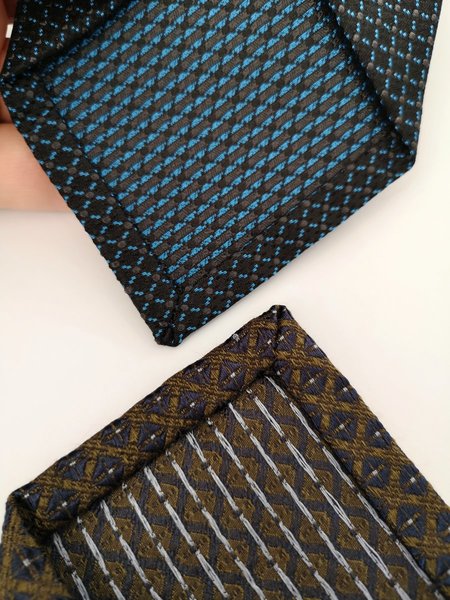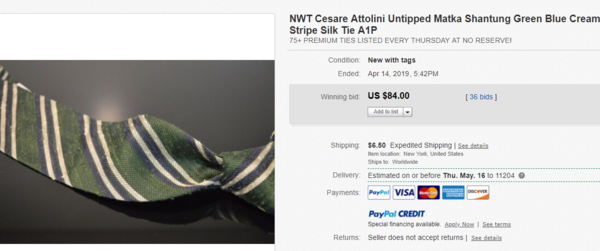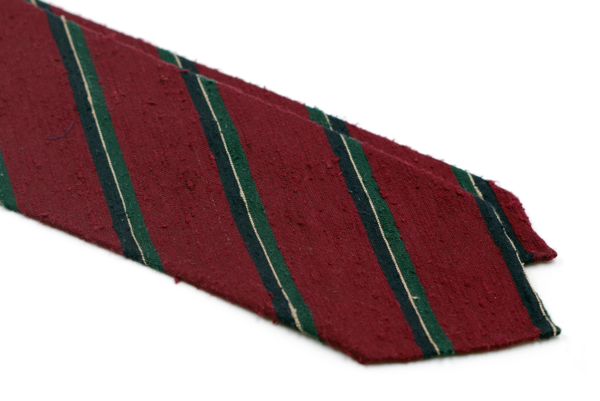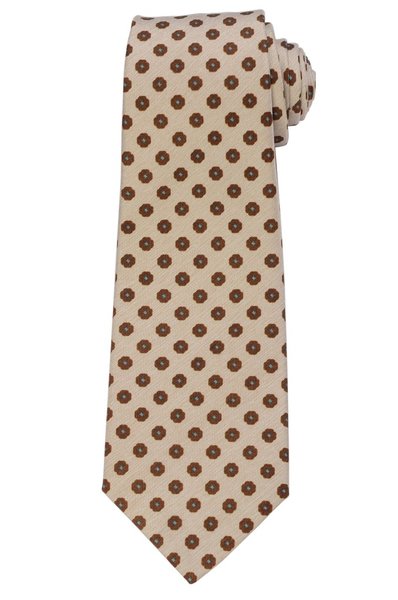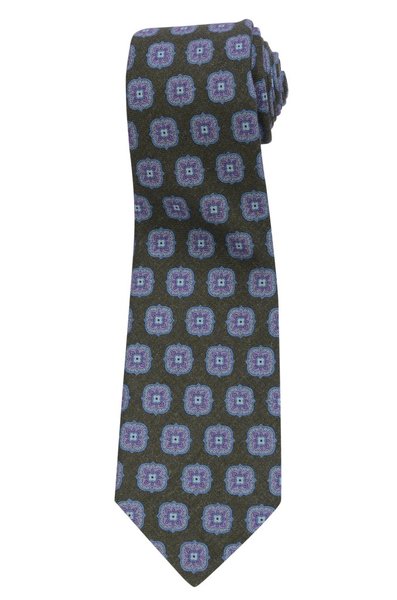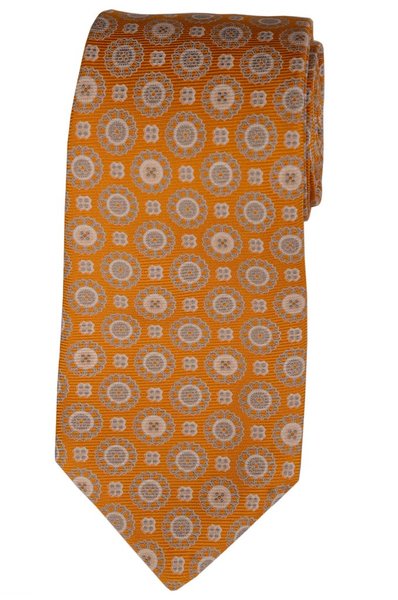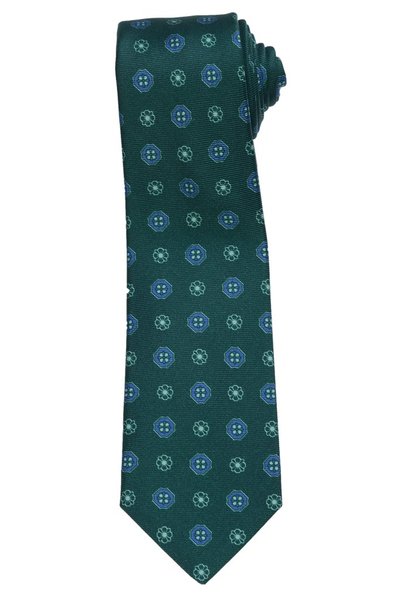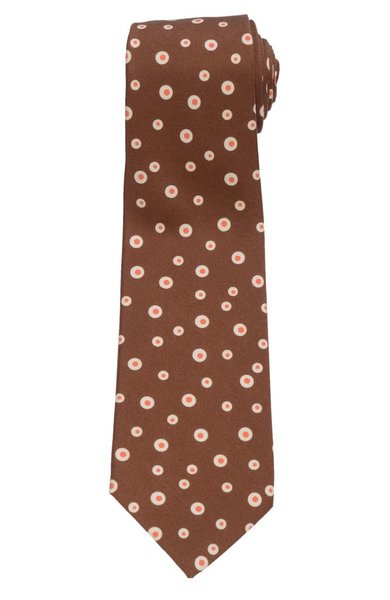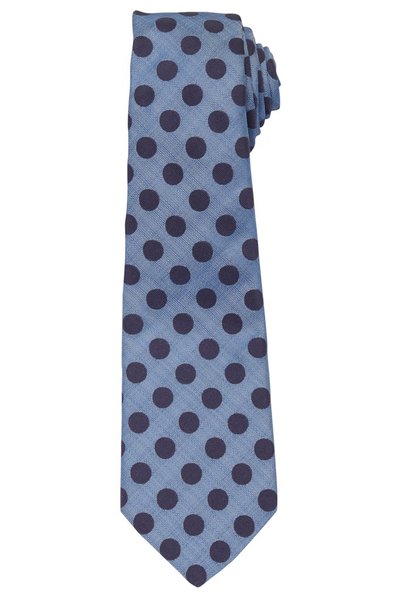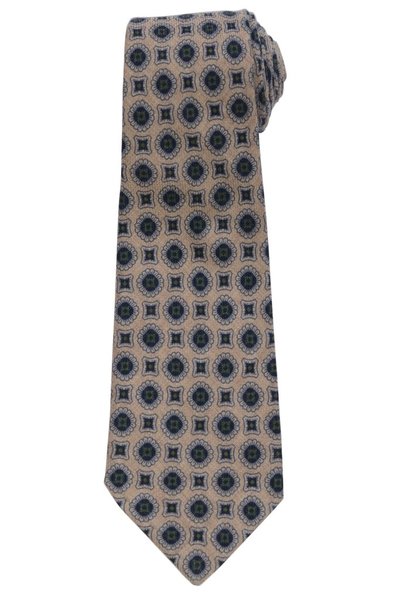- Joined
- Aug 21, 2012
- Messages
- 12,900
- Reaction score
- 31,946
I've seen the term used to refer to that specific sort of...weave...since I don't know a better term...by Thomas Pink and Trywhitt for a while. Heard it used plenty as such when I joined SF three years ago (so pretty recently). First time I saw Drakes and TYT refer to it as such was today though (and they don't refer to other ties of a different weave but woven on a jacquard loom as such).
I first heard it used in this way in March of 2007 in Dallas (flying back from a Spring Break spent in Taipei). Thomas Pink store. The lady was explaining the term; I recall it being named after the inventor of the loom? or that specific loom? Anyway, I ended up getting a tie which was "not" jacquard. I still have the tie; I've not worn it since 2011--totally worn out. But I kept it as a memento: my first "good" tie.

I suspect that this was woven on a jacquard loom.
Now I associate the term with stiff, shinier silks (which that was not). Language sometimes evolves most vexingly. Or perhaps not (a saleslady, a forum, and a few odd brands don't exactly suggest a widespread change)
I first heard it used in this way in March of 2007 in Dallas (flying back from a Spring Break spent in Taipei). Thomas Pink store. The lady was explaining the term; I recall it being named after the inventor of the loom? or that specific loom? Anyway, I ended up getting a tie which was "not" jacquard. I still have the tie; I've not worn it since 2011--totally worn out. But I kept it as a memento: my first "good" tie.
I suspect that this was woven on a jacquard loom.
Now I associate the term with stiff, shinier silks (which that was not). Language sometimes evolves most vexingly. Or perhaps not (a saleslady, a forum, and a few odd brands don't exactly suggest a widespread change)
Last edited:





